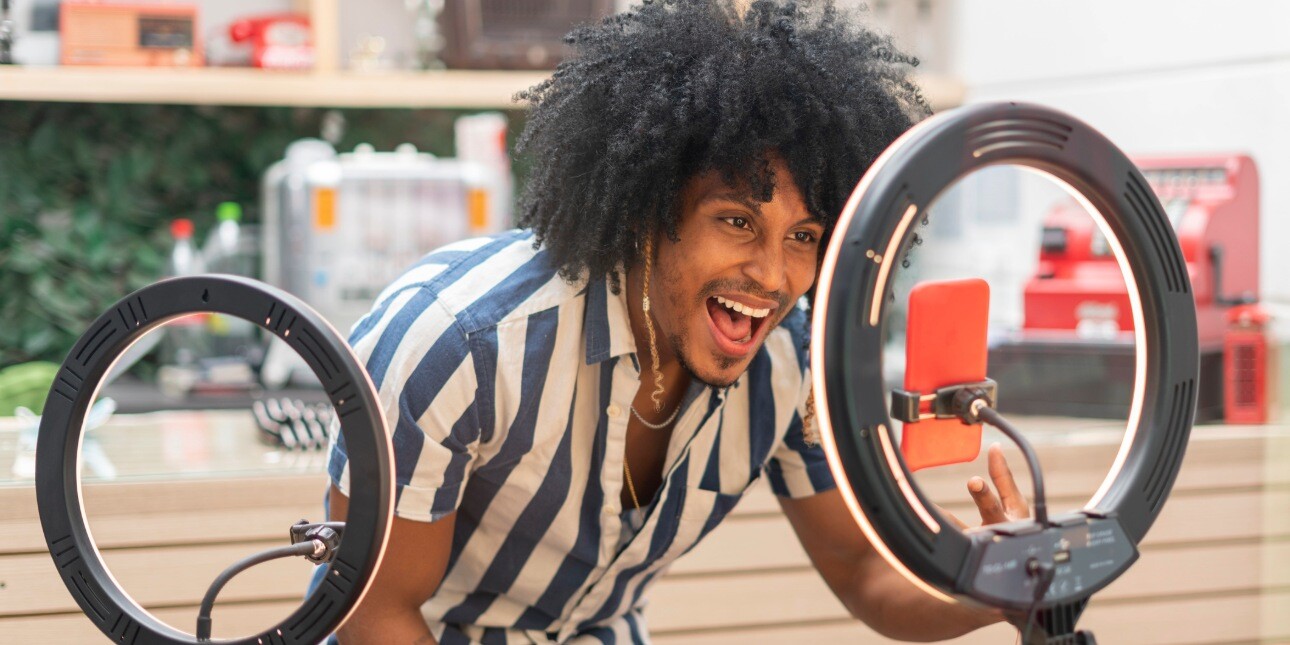Winning brand influencer campaigns go beyond vanity metrics
Many brands still treat influencer marketing and e-commerce as separate silos but the era of live shopping campaigns on TikTok and Instagram demands integration not creative vacuums.
Retailers are still obsessed with influencer marketing. But there’s that age old question, how should we actually be measuring influencer success?
We know vanity metrics, such as likes, follows, and impressions have a place, but aren’t the only thing to be tracking, especially when it comes to conversion.
Too often, influencer campaigns are crafted in a vacuum and optimised for aesthetics, not outcomes.
Brands pour budget into beautiful content that isn't always fully optimised for results. The gap between influencer hype and e-commerce conversation is growing, and retailers need to adapt, quickly.
If your influencer strategy doesn’t directly build up to business impact, then it’s not a carefully thought-out strategy. Measuring influencer impact accurately is crucial, so brands need to understand what works.
Skip the small talk, show us the ROI
We’re still in an era where we’re obsessed with influencer reach as an indicator of influence, although now it’s conversion rate uplift that matters. Earned media value has lost its place in a traditional sense - and impressions mean nothing when it comes to attributing sales.
Gymshark doesn’t just throw products at influencers and hope for the best. They’re intentional. They tap into tight-knit micro-communities that help sell out products fast, then go deep on the data. We’re talking custom landing pages, unique offer codes, and tracking not just clicks but actual purchases. It’s smart, and it works.
And then there’s Sephora, a blueprint for influencer affiliate strategy. They don’t just reward creators for showing up, they reward them for driving real sales. Their creators are treated more like savvy sales partners than content machines, which means everyone’s held accountable and the results speak for themselves.
It’s all about knowing how to leverage your influencer selection. Retailers need to build clear pathways from exposure to transaction. So, if your campaign doesn't connect those dots, you're not marketing, you're just making noise.
Let’s break out of the KPI comfort zone
Likes, saves, and shares are great signals of success, but they don’t measure conversion. What matters now is contribution to customer journeys. Did the content influence product discovery? Did it drive qualified traffic?
Post-purchase surveys are one of the most overlooked tools for measuring influencer impact but they can make all the difference. While tracked links and codes only tell part of the story, surveys go straight to the customer.
Asking what influenced a purchase at checkout reveals which creators are truly driving action, not just impressions. This insight is crucial when purchases happen offline, across devices, or days after seeing a post - moments most tracking tools miss. It’s simple but powerful. In a world of messy attribution and fragmented attention, post-purchase surveys offer a clear view of what really works.
Live shopping is here to stay
Live shopping is rapidly transforming e-commerce, with global sales expected to reach over $600bn (£443m) by 2027, driven by platforms like TikTok and Instagram. Despite some early challenges, TikTok Shop proves the power of live, real-time selling - creators showcase products directly to engaged audiences while brands capture full-funnel data.
For retailers, the key is smarter attribution. That means connecting platform insights with owned analytics, CRM, and post-purchase surveys to get a true picture of impact. Many brands still treat influencer marketing and e-commerce as separate silos - but live shopping demands integration.
The real opportunity is to reframe influencers not as a media channel, but as a business channel. That means structured briefing, long-term partnerships, robust measurement, and creative that doesn't just look good, but actually performs.
The way to win with influencers is to see them as not only content creators, but allies for your business objectives. It’s only retailers that adapt their strategy and shift their focus to conversion metrics that will see – and be able to measure – big wins.

Sarah Jardine is senior strategist at SEEN Connects.
Further reading
How to craft effective online narratives with influencers
Partnering with influencers on vaping ads: Why its hazardous to PR’s health
Working with influencers in the age of digital detox

